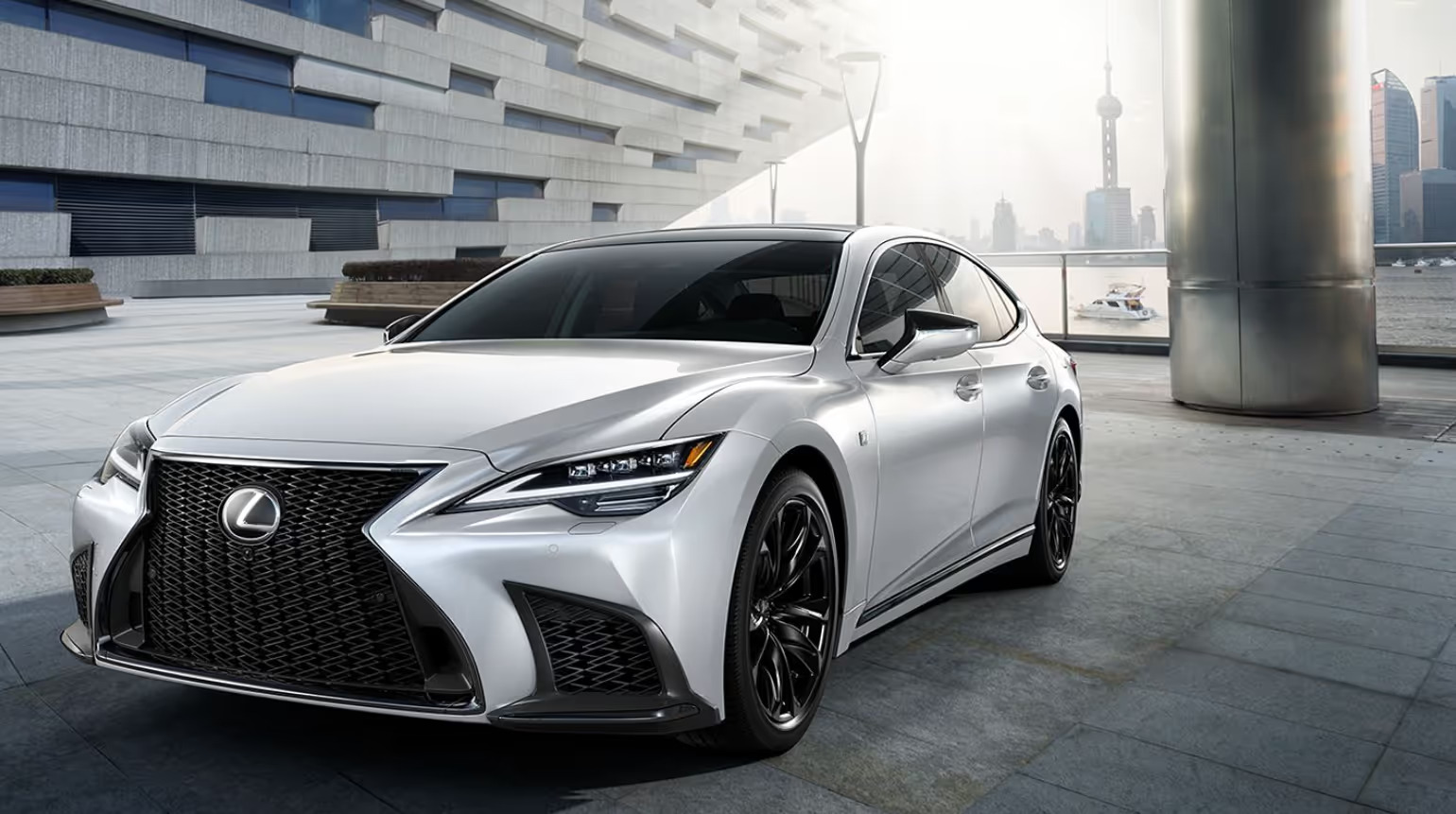As vehicles evolve into high-tech machines, one major factor divides the dependable from the disastrous: electronic control systems. The ECU (engine control unit) and related modules control everything from infotainment to safety features.
Some cars focus on simplicity and durability, while others pile on tech, sometimes at the cost of reliability. This contrast has led to two clear camps: vehicles with robust, minimalistic ECUs that just work, and others bogged down by bloated, buggy systems.
This guide highlights five cars in each category, showing how smart engineering or the lack of it can dramatically impact the ownership experience.
5 Cars With Simple ECUs
1. Toyota Land Cruiser: Function Over Frills
The Land Cruiser is renowned for electronics that support, not sabotage, the vehicle’s rugged utility. Designed for use in extreme climates and off-road conditions, its ECU and other modules are intentionally hardened and minimalist. There are fewer sensors and no unnecessary features, meaning fewer things to break.
Owners report reliable performance even after ten years. No sudden touch screen failures or parking sensors going haywire here. Everything is logically built, easy to diagnose, and simple to maintain. The Land Cruiser’s electronics quietly do their job, proving that sometimes, less really is more when it comes to vehicle tech.

2. Lexus LS: Luxury Done the Right Way
Though it’s a luxury sedan packed with high-end features, the Lexus LS manages to avoid electronic headaches. Its adaptive suspension, radar cruise, and infotainment are integrated with precision and rigorously tested before production.
This keeps the ECU from being overloaded with conflicting signals or buggy interactions. Lexus ensures smooth communication between modules, preventing random failures. You won’t find ghost error messages or systems crashing mid-drive.
Owners often note the LS’s calm reliability, even its HUD behaves consistently. This car proves that high-tech features don’t have to come at the expense of durability when electronics are implemented thoughtfully.

3. Honda Accord: Minimalism Meets Consistency
The Accord has long been known for its balanced design, and its electronics are no exception. Honda avoids tech fads and sticks to proven systems, leading to fewer glitches. The ECU communicates clearly with all subsystems without overcomplication.
Infotainment, lane assist, and cameras operate predictably no lag, blackouts, or crashes. Repairs, when needed, are straightforward because the tech is modular and accessible.
Owners rarely report electrical failures even after years of daily driving. In an age where complexity often creates problems, the Accord’s simple electronic design reinforces its reputation as one of the most reliable sedans on the road.
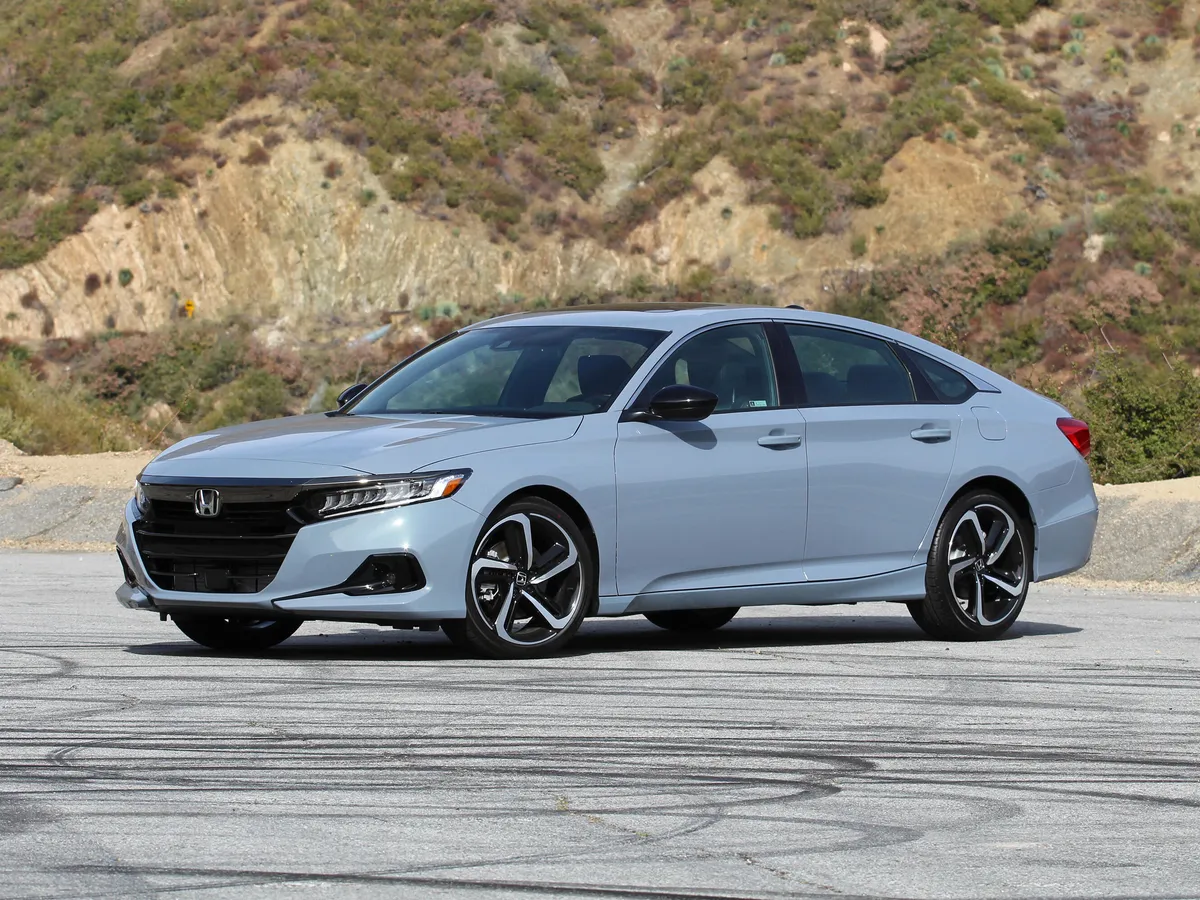
4. Mazda CX-5: Carefully Controlled Tech
Mazda flies under the radar in tech reliability, but the CX-5 is a standout for its thoughtful ECU and electronic design. Mazda prefers building its systems in-house, allowing tight control over how the car’s features interact. Despite offering CarPlay, radar cruise, and heads-up displays, the CX-5 keeps things running smoothly.
Its non-touchscreen infotainment while driving minimizes freeze risks and keeps distractions low. Electronics failures are rare, updates are fast, and diagnostics are simple. By focusing on essential functions and reducing supplier dependencies, Mazda delivers a crossover that’s modern but built with the soul of a simpler era.
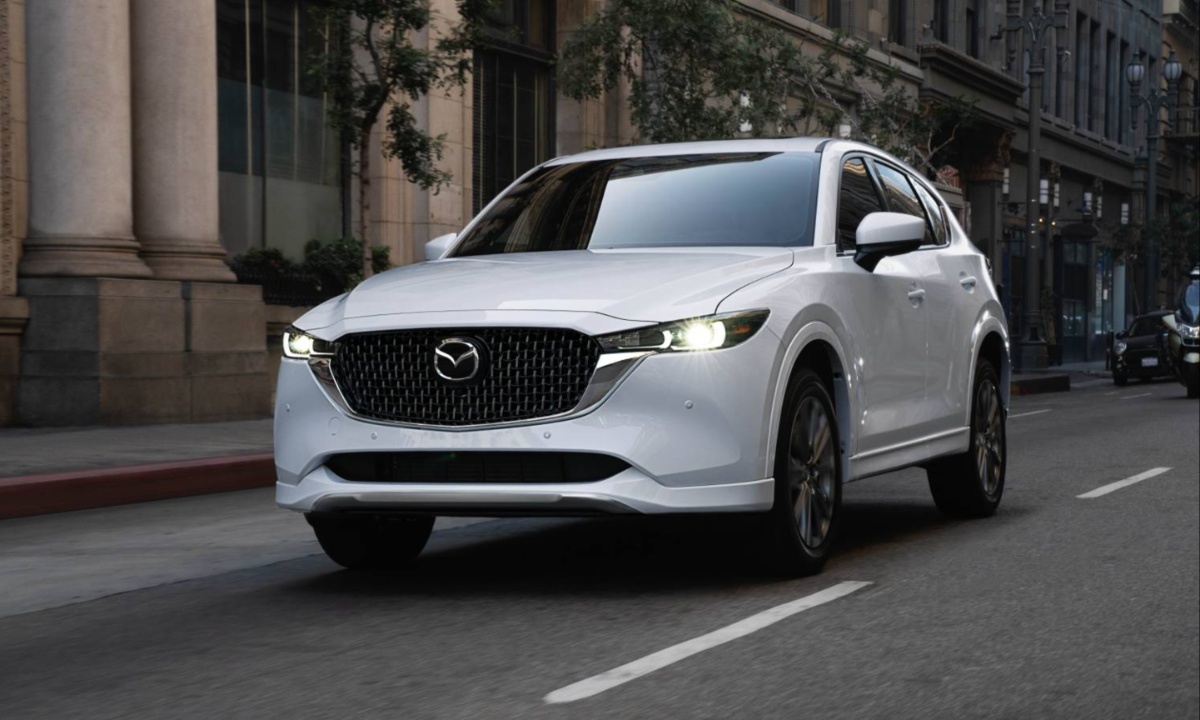
5. Toyota 4Runner: Old-School Reliability
The 4Runner proudly sticks with older electronic architectures that trade flashiness for rock-solid reliability. You won’t find overcomplicated ECUs controlling dozens of luxury features; instead, the basic electronics handle traction, lighting, and power windows with minimal fuss.
The 4Runner has fewer ECUs, which translates to fewer potential failure points. It’s known among mechanics as being “dumb in all the right ways,” meaning fewer random error codes or untraceable electrical gremlins.
Owners routinely drive them for a decade without any significant electrical issues. In a world obsessed with connected features, the 4Runner remains a rugged, electronic outlier you can trust.

5 Cars With Overloaded Computer Systems
1. Jeep Grand Cherokee (2014–2020): Flash Over Function
The Grand Cherokee tried to dazzle with tech, but its overloaded ECU and glitch-prone systems tell a different story. From frozen Uconnect screens to cameras that vanish mid-reverse, its electronics are a mess.
Frequent random reboots and error messages frustrate owners, and mechanics struggle with diagnosing issues due to vague codes and module failures. FCA packed in features without ironing out software bugs or ensuring robust component integration.
Some electrical issues even led to fire-risk recalls. This SUV may look premium, but under the hood, it’s a tangled web of unreliable tech just waiting to go wrong.

2. BMW 5 Series (2010–2017): Sophistication With a Price
The BMW 5 Series from this era is a masterclass in how complex electronics can backfire. With multiple ECUs controlling everything from adaptive lights to iDrive functions, the system often collapses under its own weight.
Owners report phantom warnings, non-existent faults, and modules that require dealer-only tools to diagnose or reset. Many problems stem from poor communication between systems, like ABS warnings triggered by faulty tire pressure sensors.
One error can spiral into a cascade of false alarms. While the 5 Series offers performance and luxury, its overloaded electronics make it a nightmare to troubleshoot and maintain affordably.
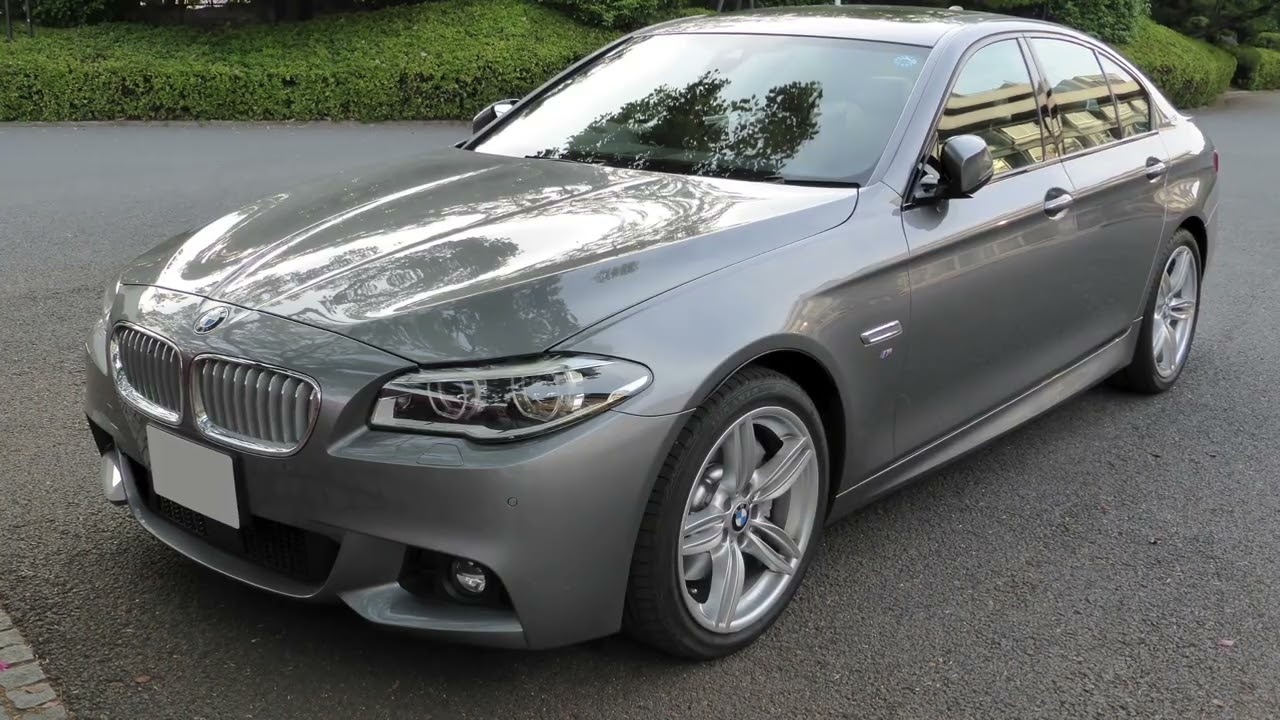
3. Range Rover Evoque: High-End, Low Reliability
The Evoque is a tech-laden SUV that repeatedly stumbles on execution. Its ECU is bombarded with signals from an overloaded infotainment system, erratic keyless entry, and buggy safety sensors.
Water intrusion into electronic components is a recurring problem, leading to system-wide shutdowns. Owners often find themselves rebooting systems or taking them back to the dealer for mysterious errors.
Updates rarely solve the core issues, and diagnostics are expensive and complex. Despite its luxurious image, the Evoque’s electronics behave more like a prototype than a finished product. It’s a prime example of tech excess with none of the reliability.
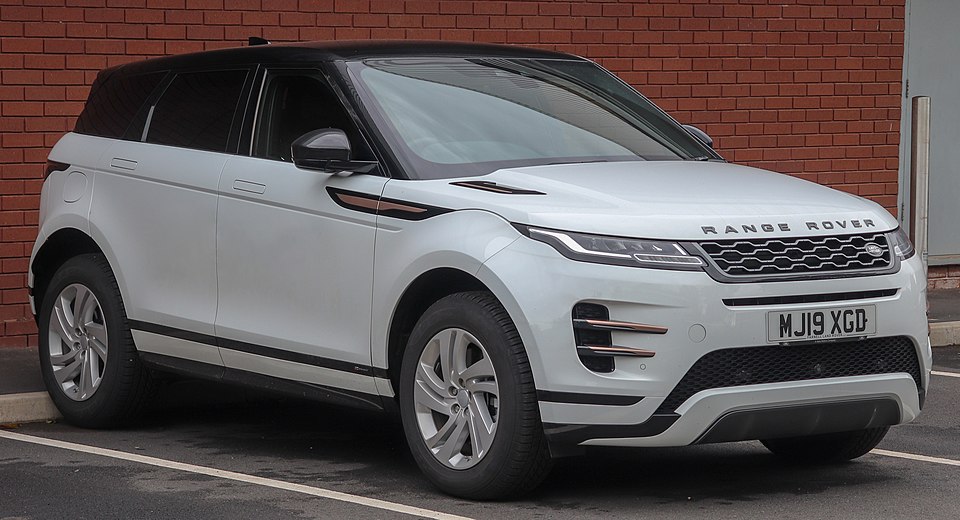
4. Chevrolet Volt (1st Gen): Innovation Gone Awry
The first-gen Chevy Volt was ambitious, but its complicated mix of EV and hybrid electronics proved unstable. Issues included loss-of-propulsion warnings, charging glitches, and infotainment freezes, all managed by an ECU struggling to juggle high-voltage and low-voltage tasks.
Unresponsive HVAC systems and dashboard blackouts plagued early owners. With so many sensors, control units, and software protocols interacting, pinpointing faults became difficult and expensive.
While later models improved, the first Volt illustrates how layering innovation over an unrefined platform can result in long-term reliability problems, especially when the ECU is stretched too thin trying to control everything at once.
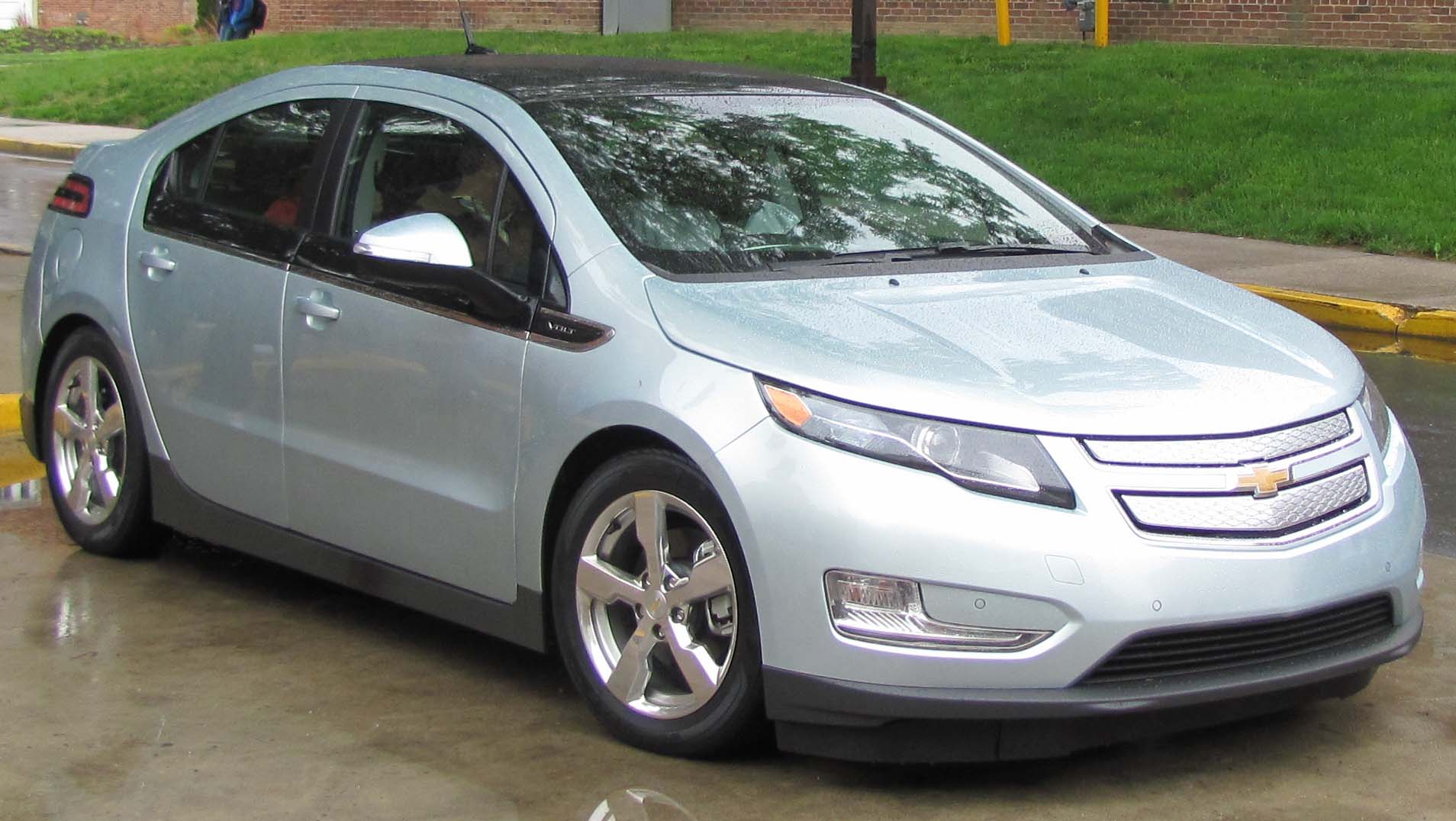
5. Nissan Altima (2013–2018): Cut Corners, Big Problems
Nissan’s attempt to produce a budget-friendly sedan backfired in this generation of Altima due to its fragile electronics. Cheap sensors, poor wiring harnesses, and low-grade modules led to a cascade of reliability issues. Backup cameras fail.
Push-button ignitions stop responding. Entire dashboards go dark mid-drive. The ECU struggles to manage even basic functions, throwing error codes that often lead to unnecessary part replacements.
Nissan’s firmware patches helped slightly, but deeper design flaws remained. The car appears simple on paper, but its overloaded, cheaply built electronics tell a different story, one that frustrates both owners and repair shops alike.
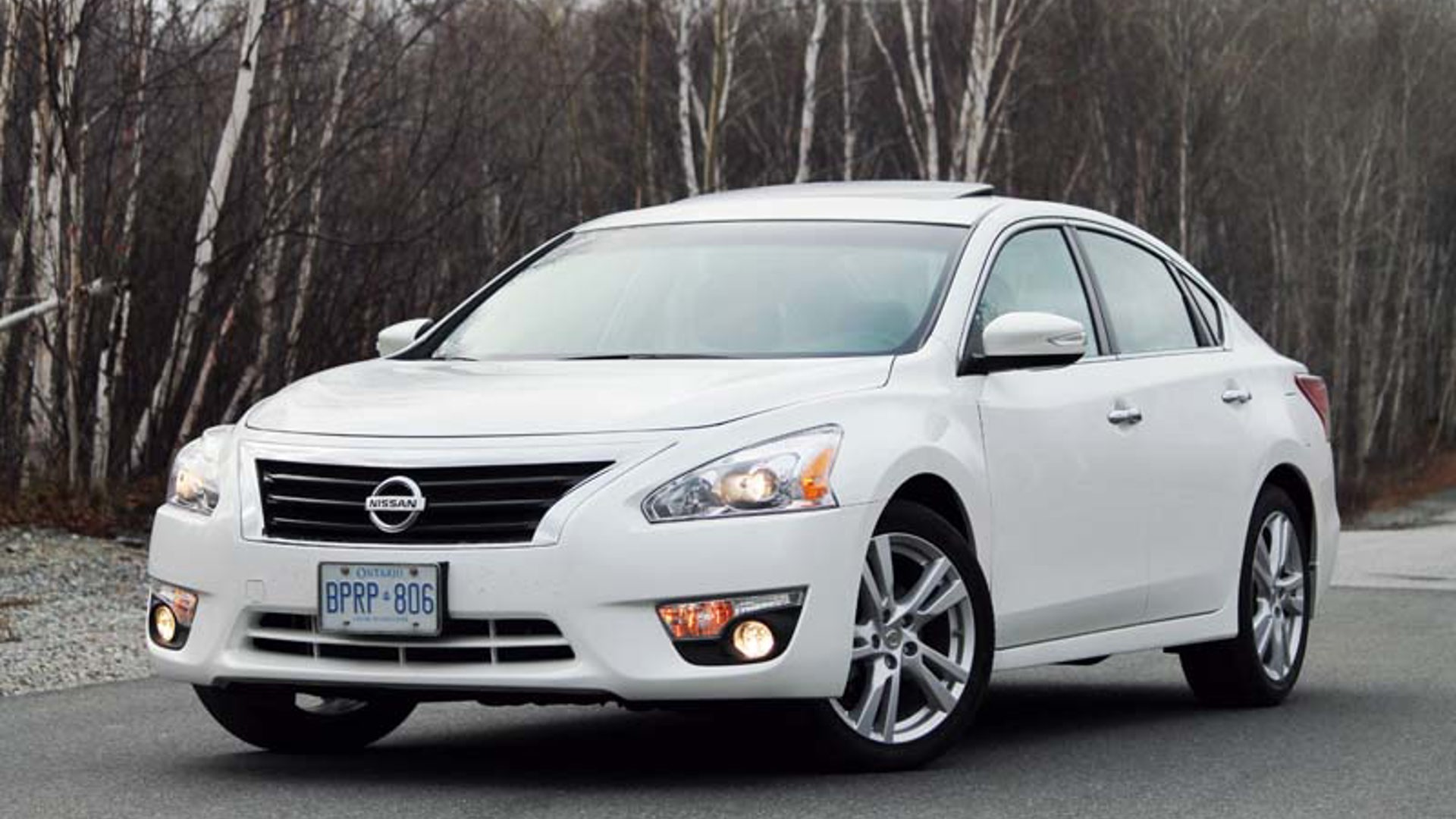
As cars evolve into rolling computers, the real difference lies in how intelligently that technology is implemented. Vehicles like the Land Cruiser, Accord, and 4Runner prioritize simple, proven electronics, ensuring long-term reliability with minimal fuss.
In contrast, models like the Grand Cherokee or Range Rover Evoque overload their ECUs with poorly integrated features, creating more problems than they solve.
Flashy tech might impress in the showroom, but if it fails on the road, it’s just a liability. For buyers, the smartest move isn’t the most tech-packed car; it’s the one where the tech quietly and reliably does its job.
Also Read: 10 Cars Mechanics Secretly Drive Themselves: Reliable, Affordable, Easy to Maintain Daily Drivers

